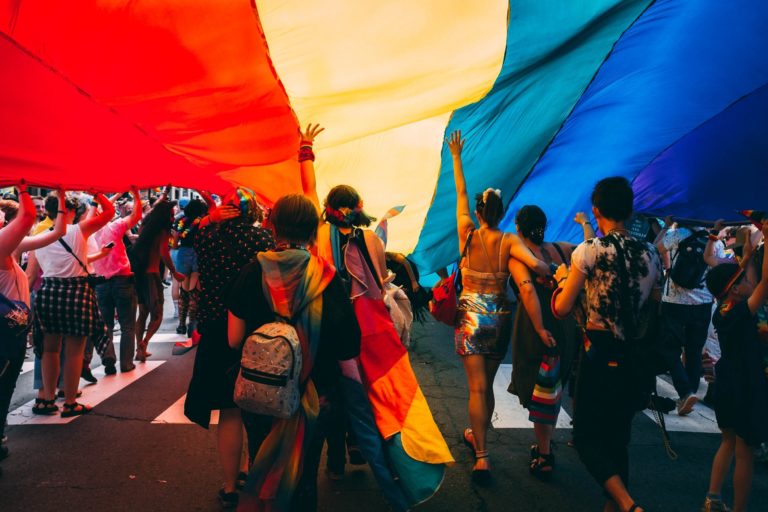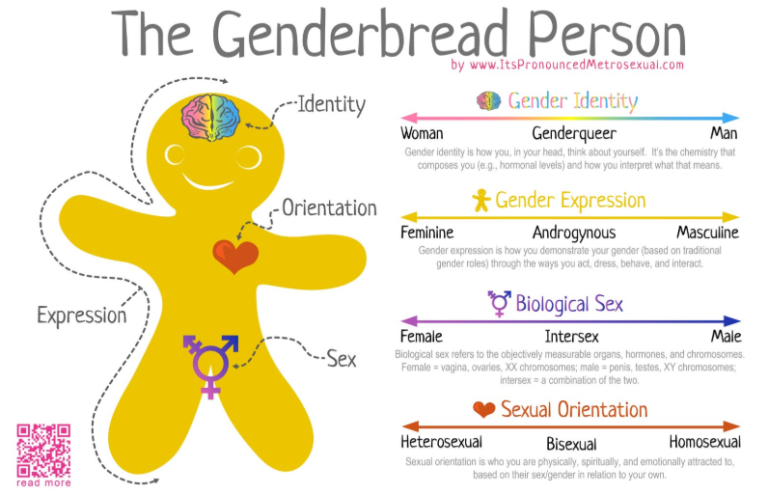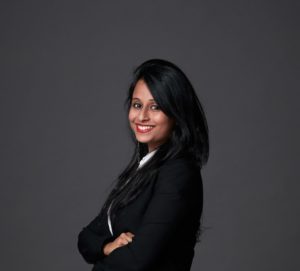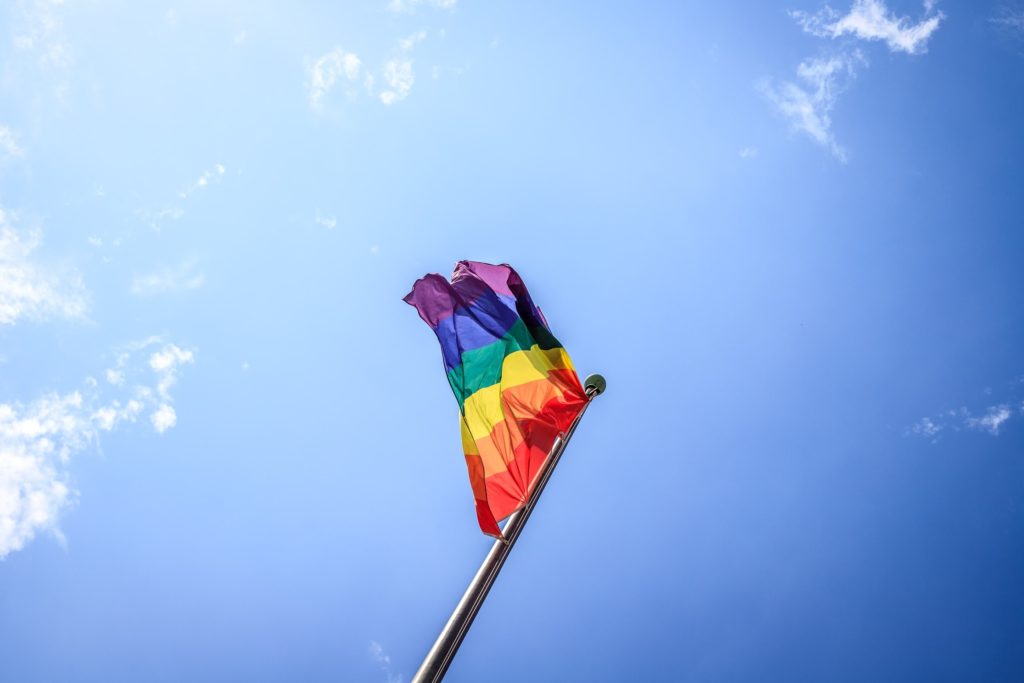What I learned during Pride Month 2020: LGBTQ 101
The month of June is recognised and celebrated in many parts of the world as the LGBT Pride Month. The origin of this movement dates back to, June 28th 1969, when few officers of the New York City’s Public Morale division, raided the Stonewall Inn, a gay bar in New York city’s Greenwich Village. Such raids were not uncommon then, however, this particular incident started the protests that gave a push to the LGBTQ movement worldwide. The next year, to mark the anniversary of the Stonewall incident, demonstrations and protests were held across the United States. Since then it has continued in the form of marches, various events and activities across the globe to raise awareness, fight for the LGBTQ rights and recognize the impact of LGBTQ people on the world.
The Pride Parades today include hundreds and thousands of individuals unlike the early days of the march. It has become a symbol and voice for everyone who supports and celebrates LGBTQ lives. This year 2020, however, came as a challenge in itself due to the global pandemic caused by COVID-19 and all huge gatherings including the Pride parade got cancelled across the world. Nonetheless, the Pride Month was moved online and it turned out to be an amazing learning source for me.

I have been working as an advocate of Diversity and Inclusion (D&I) in the workplace for long. I believe in equity and providing every individual with equal opportunities for growth. However, my work has been mainly focused on cultural, ethnic, gender, and generational diversity; my understanding of the experiences of the LGBTQ community was very limited. This year, during the Pride month I decided to learn more about the LGBTQ community, listen to their experiences, network and meet like-minded people and try to empathize. Thanks to a number of online conferences like the WorkPride Conference, it was possible to connect and learn from a huge worldwide community. I will continue learning and as a part of the process also sharing them with my network. In this blog, I cover the basic terminology and some of the learnings from the Pride month’s online conferences.
Gender
Let’s begin with an understanding that gender is complex and there is no strict left or right to it. The genderbread person model (shown below, by www.ItsPronouncedMetrosexual.com) is depicted as the way we experience gender today, a diagram to understand gender and sexuality. It shows that biological sex, gender identity, gender expression and attraction are not interconnected. They might affect each other but they do not determine each other. It means that the biological sex of a person doesn’t determine their gender identity, or their gender expression doesn’t determine their sexual orientation. The diagram below will give you a better understanding of this concept.

The LGBTQ+ Spectrum
Often we use LGBT, LBTQ or LGBTQ+ as a short for the overall spectrum. The full spectrum, however, is more detailed and is represented as LGBPTQQIAA+. It stands for Lesbian, Gay, Bisexual, Pansexual, Trans, Queer, Questioning, Intersex, Asexual and Ally. Also, the +, in the end, symbolizes the infinite number of identities. Like many people, I did not realize that an ally is also an integral part of the whole spectrum and could be anyone who supports the whole LGBTQ+ community.
We have such diversity across the spectrum, so how to be inclusive to everyone? There are many ways of inclusion but to begin with, language plays a very important role and using gender-neutral pronouns is essential to be respectful and inclusive.
What are Gender or Gender-Neutral Pronouns?
Many of us might have seen people on Linkedin and elsewhere showcasing their gender pronouns like (He/Him/His), (She/Her/Hers) or (They/Them/Theirs). But why is it used and what is the significance?
Well, as I mentioned above, language plays an important role in inclusion. To actively build an inclusive environment for everyone, it has become essential to be cautious before we label and identify people as a certain gender. In this case, it becomes easier to take permission or ask the individuals about the pronoun they prefer to use. In case, you do not know the preferred pronouns for someone, it is always recommended to use gender-neutral pronouns. Gender-neutral pronouns are words that do not specify whether the person is a male or a female. For example, they, them, their, everyone, this person, Ze, Hir are all gender-neutral pronouns that can be used. There are many other gender-neutral pronouns that you can find, however, I find it easier to use they, them, everyone and all in most places. For example, instead of saying “Hello guys”, we can say “Hello Everyone”.
It definitely takes effort to change our language. I recently remember an interview where, by mistake, I used binary pronouns (he or she) in an example, I only realised it when I saw the recording. However, I understood it is OK to make mistakes and apologise as long as we continue working towards getting better at it. It is also very important for an ally to understand how to overcome implicit bias and make conscious efforts to listen.
I have mentioned the term, ally multiple times now, but, who is an ally? For me, this was the most crucial learning. Understanding the basics is important but what we do to bring more inclusion by being an active ally to the community is paramount.
An ally is a person (mostly a cisgender and/or typically straight) who respects and supports the LGBTQ community. Active allies are those who actively contribute and act to support the community. During the WorkPride Conference, Chloe Davis, Head of PR and Partnerships at myGwork mentioned tips to be an effective ally. I would recommend, checking out their website for learning resources, networking with a like-minded community and to know more about their work on the LGBTQ community.

Key learnings
I summarised some key attributes from Chloe’s presentation to be an effective ally:
- Be open-minded and a good listener
- Be willing to talk and make efforts to educate yourself
- Learn and be aware of your own implicit biases and privileges
- Be mindful in using gendered language
- Defend and speak against discrimination towards your LGBTQ friends or colleagues.
- Donate to relevant causes and ensure you pay representatives from the LGBTQ or other minority (and/or intersectionalities) communities fairly for their contribution.
Historically, we have seen that positive change happens when we all work together towards a cause. Underrepresented communities and allies together are a force to be reckoned with. Initially, I was unsure about writing this article, as it is not my strength. But I realised how many allies might never speak up because they think it is not their topic to talk about. I understood that raising awareness, sharing your learnings and experiences as an ally is equally important to reach a wider audience. So, let’s get comfortable and talk about diversity!
About the author:

Priyanka Banerjee is the CEO and co-founder of BusinessWiz, a company helping organizations create a sustainable, diverse, and inclusive workplace culture in the Nordics. Her background in engineering and her experiences in the tech industry inspired her to become an entrepreneur. Through her work with BusinessWiz and as an international speaker she aims to help tech organizations understand their existing company culture, provide them with tools to use diversity and inclusion as a competitive advantage, and help them create a future-proof organization.
